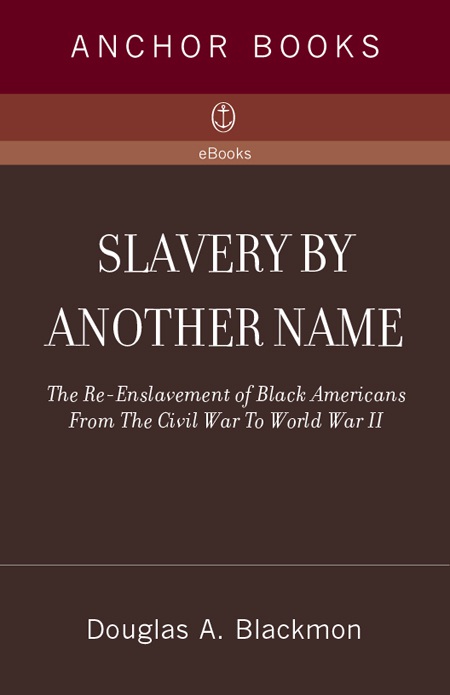

This opinion holds partly true for concession company rule in places such as the Congo Free State, French Gabon and Middle-Congo, or the Portuguese colony of Mozambique. In several studies, the view prevails that coerced labour as it was organised by the colonial authorities from the late nineteenth century onwards, somehow reproduced forms of slavery. The principal idea of forced labour underlying colonial rule in sub-Saharan Africa’s rural regions is well-known, but its implementation and effects remain superficially analysed for large parts of the African continent. The discussion passes through different important phases, including the official abolition of forced labour in 1930, the advent of nationalist politics after 1945, the independent Nkrumah, Busia and Acheampong regimes, and the reinvention of communal labour in the 2000s. This chapter analyses the transformations in using communal labour, the moments of local resistance, and the logics of adapting the practice and of hiding more open forms of forced labour, between the 1920s and the 2000s. While this can indeed be shown in some local arenas, especially where administrative hierarchies and local power were not taking part in the organisation, in many other contexts, communal labour received its status as a colonial strategy in the Gold Coast to delegate the organisation of compulsory work to local chiefs.

Communal labour in Ghana is often discussed as a form of communitarian development effort, voluntarily given by individuals and groups keen to resort to local self-help in rural contexts.


 0 kommentar(er)
0 kommentar(er)
